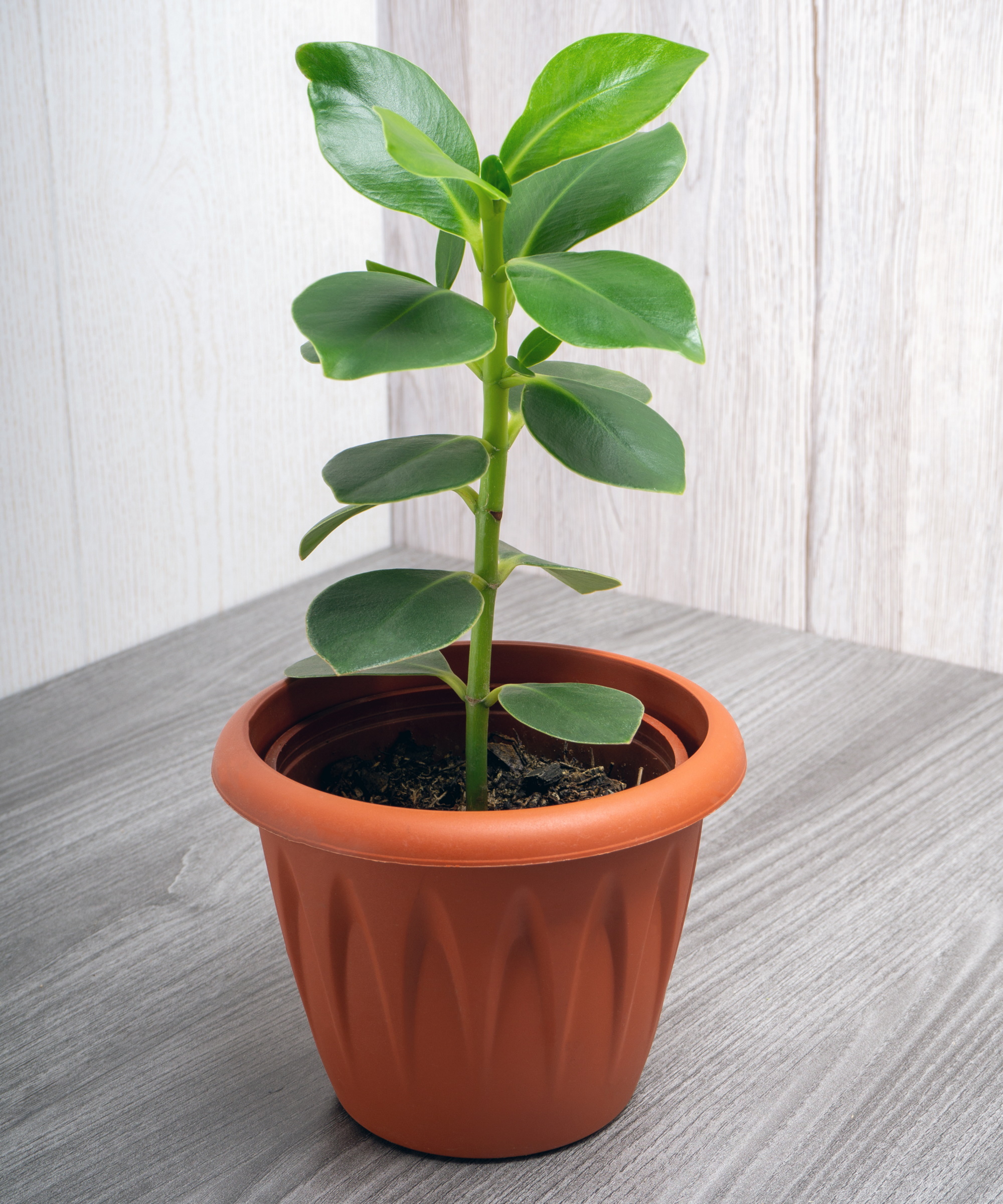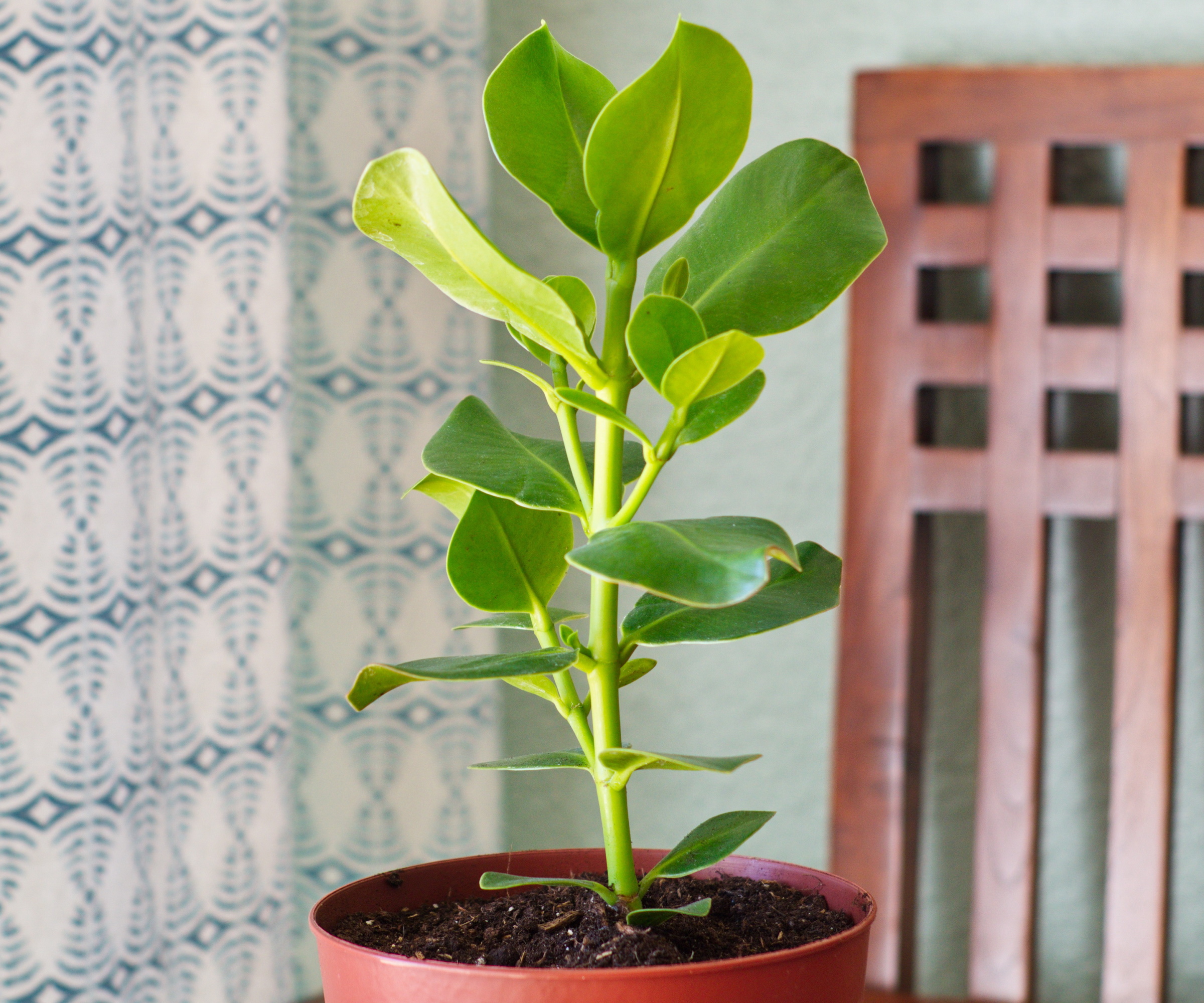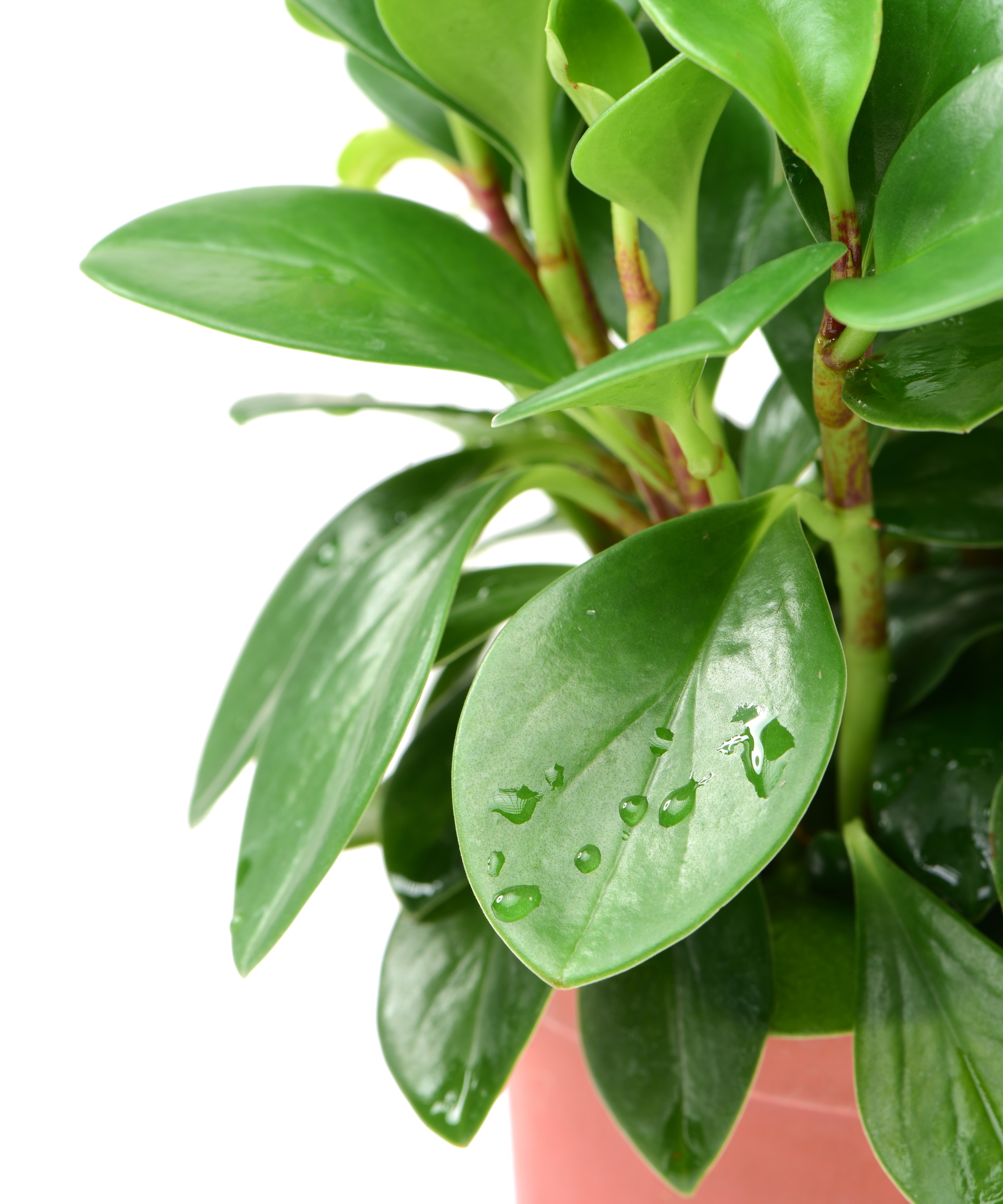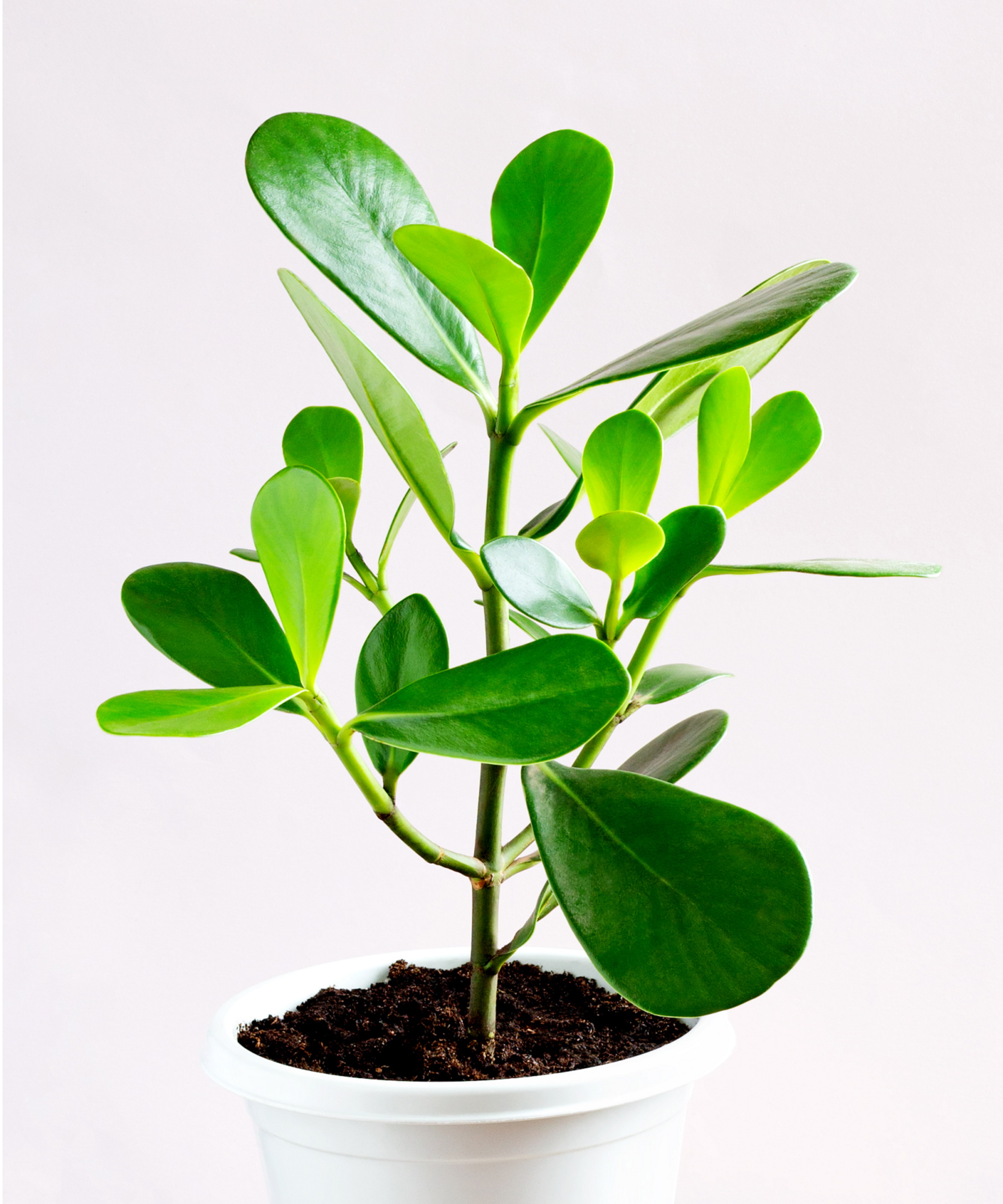Clusia care guide – 5 expert tips to help this tropical tree thrive
Autograph trees are sturdy additions to have in your houseplant collection for leafy structure


Among the best low maintenance trees to grow indoors is the Clusia rosea, also commonly known as an autograph tree. It's favored for its sturdy, rubber-like leafy foliage, similar to that of a rubber tree.
Clusias are native to tropical climates of the Caribbean, including the Bahamas, as well as Cuba, Puerto Rico and Florida. It favors warmer temperatures between 60-84°F indoors and can also be grown outdoors in US hardiness zones 10-11.
As houseplants, autograph trees grow up to one meter tall, so they're ideal for filling floor space and adding structure with their oval leaves.
These trees are easy to care for and with these expert tips, you'll be able to keep yours looking luscious and bright green.

5 expert tips to keep your clusia thriving
Clusia rosea is a great tree choice for beginner indoor gardeners. It's low maintenance and has attractive bright green, leafy foliage that is easy to keep looking its best. We've gathered expert advice on how to care for these trees and keep them thriving.
1. Choose bright, indirect light

A simple trick to keeping your autograph tree happy is choosing the right spot for it to live. In their natural habitats, and when grown outdoors, clusias thrive in full sun but also tolerate partial shade.
'If you grow it as an indoor plant, provide plenty of bright indirect light and as much direct light as you can. A west or east-facing window is a great place for your clusia,' says Vladan Nikolic from Mr. Houseplant.
Design expertise in your inbox – from inspiring decorating ideas and beautiful celebrity homes to practical gardening advice and shopping round-ups.
It's important to be aware that it is possible for direct sunlight to scorch clusia leaves, so keeping it away from a sunny window is ideal to preserve the appearance of its beautiful green foliage.

Vladan Nikolic is a houseplant expert with over 10 years of experience. He is the founder of the houseplant care blog Mr. Houseplant and is a social media influencer for houseplants with over 500,000 followers.
2. Get water levels just right

It can take some time to master how to water houseplants. Over or underwatering can lead to adverse effects, such as an orchid wilting or monstera turning yellow.
When it comes to Clusia rosea, it's easy to check if it needs watering by feeling if the top two inches of soil have dried out.
'You don’t want to keep the plant constantly moist but you also don’t want to let the soil dry out completely, as this can lead to leaf loss,' says Julie Bawden Davis, indoor plant expert at Healthy Houseplants.
Planting your clusia tree in a container with drainage holes and a saucer, like this planter from The Sill, can help monitor moisture levels.
'Water the soil thoroughly using a watering can. Keep watering until excess water starts draining from the drainage holes. After watering, empty the saucer under the pot,' says Vladan.

Julie Bawden-Davis is a garden author and University of California Certified Master Gardener, who has written several gardening books, including Indoor Gardening The Organic Way. In addition to running HealthyHouseplants.com, she shares indoor gardening advice on her YouTube channel @HealthyHouseplants.
3. Prune to keep it in shape

Autograph trees are fairly fast-growing and will soon take an unruly shape if you let it. Pruning back stems can help keep it neater and encourage more growth for a fuller look.
'The plant will require pruning at least once a year in order to stop it from becoming leggy. Prune stems back to just above a set of leaves. Don’t prune more than a third of the plant at each pruning,' says Julie.
Using pruning tools, like these pruning shears from Greendigs, is also a good way to remove any damaged tissue and keep it looking its best.
'It’s best to prune the plant when it’s actively growing. Use sterilized pruning shears when pruning. Find the damaged or dead branches, and remove them,' says Vladan.
'To make your clusia bushier, prune or pinch the tips of the branches. This encourages lateral branch growth,' he adds.
4. Repot every couple of years

As mentioned, clusias like to grow quickly which means they won't want to stay in the same container for years on end.
'Clusia is a faster grower, generally putting on two to three inches, sometimes more, a year, so you will need to repot the plant around once a year,' says Julie.
Not repotting your autography tree when it outgrows its pot could risk it becoming pot-bound, restricting further growth and hindering the health of the plant.
'If you see the roots poking out of the drainage holes, it’s time for repotting. Use fresh soil and a pot that is two inches larger in diameter than the one you have been using,' says Valdan.
5. Use a mister regularly

Like other tropical indoor plants, Clusia rosea appreciates higher humidity and regularly misting its foliage, like with this indoor plant mister from Walmart, will do it some good.
Although, Vladan warns to not oversaturate the foliage by misting which could lead to fungal diseases. Alternative ways to increase humidity include a pebble tray, like these humidity trays from Amazon, or placing it near other plants.
Misting the plant also helps to keep its bold leaves glossy. 'The best way to keep clusia leaves clean and shiny is to spray the leaves with filtered water and wipe with a microfiber cloth, which won’t scratch the leaves,' says Julie.
FAQs
Can you propagate clusia?
If you want more gorgeous green autograph trees in your home, it's easy to propagate them by taking cuttings and rooting them in water or soil. Make sure to use clean tools when taking cuttings and dip them in a rooting hormone, like this Hormex rooting power from Amazon, if you want to speed up the process.
It's important to keep the cuttings in bright, indirect light and to not let soil dry out. If you're rooting them in water, watch out for common water propagation mistakes that could lead to failure.
Why are my clusia leaves turning brown?
The bright green color of clusia trees is what makes them attractive to many houseplant lovers. It can be concerning to see the foliage discoloring but there's usually a simple solution to the problem.
Browning leaves can be an indication of too much water in the soil, oversaturating the roots. Overwatering is a common houseplant mistake that is easy to resolve. Reduce watering and let the soil dry out before you water it again. You can also use clean pruning tools to remove any damaged foliage.
Does clusia rosea flower indoors?
Yes, it is possible for your Clusia rosea, or autograph tree, to flower indoors. It produces funnel-shaped flowers that can last for a long time. These beautiful blooms range from cream to pink shades and are likely to make an appearance if your plant lives in a warmer or humid spot in your home.
These bold, bright and leafy trees are ideal if you're looking for a sturdier addition to your houseplant collection. They are very similar to rubber plants in appearance and are among some of the other best indoor trees to choose from.

Tenielle is a Gardens Content Editor at Homes & Gardens. She holds a qualification in MA Magazine Journalism and has over six years of journalistic experience. Before coming to Homes & Gardens, Tenielle was in the editorial department at the Royal Horticultural Society and worked on The Garden magazine. As our in-house houseplant expert, Tenielle writes on a range of solutions to houseplant problems, as well as other 'how to' guides, inspiring garden projects, and the latest gardening news. When she isn't writing, Tenielle can be found propagating her ever-growing collection of indoor plants, helping others overcome common houseplant pests and diseases, volunteering at a local gardening club, and attending gardening workshops, like a composting masterclass.